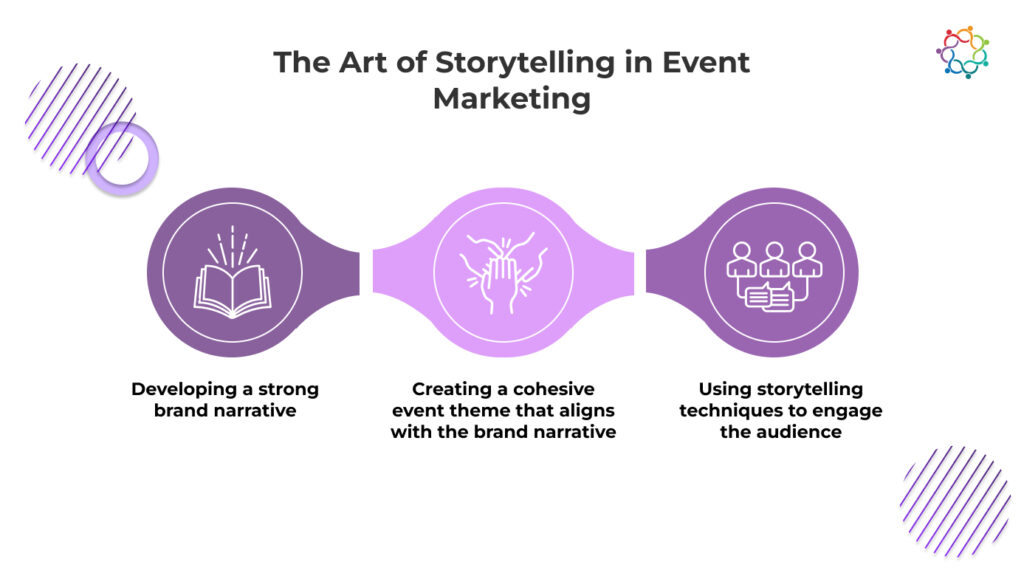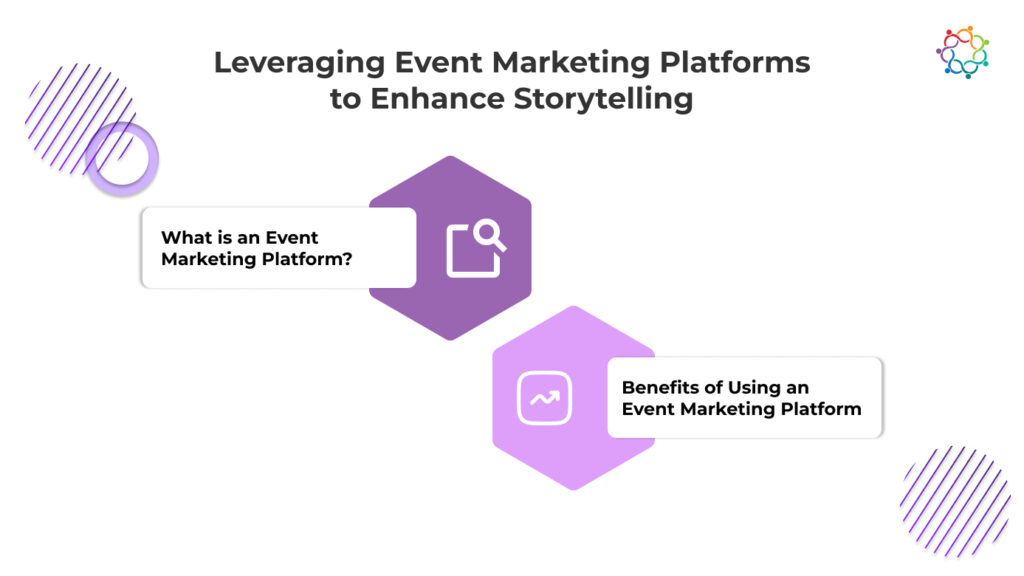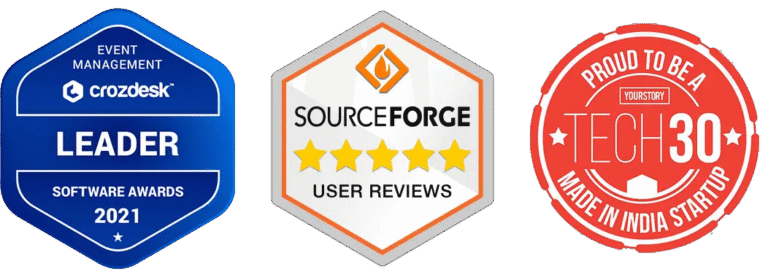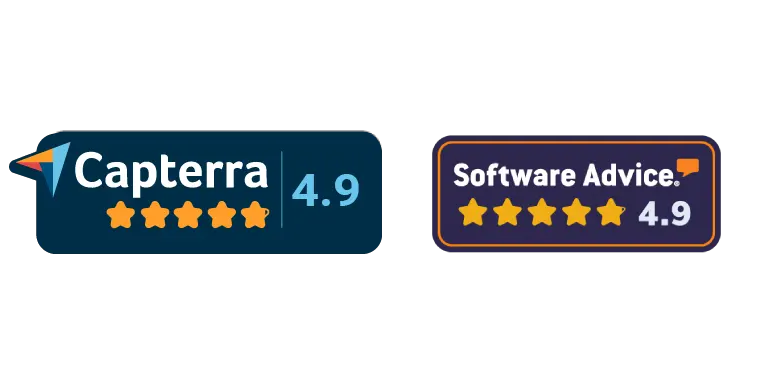Samaaro + Your CRM: Zero Integration Fee for Annual Sign-Ups Until 30 June, 2025
- 00Days
- 00Hrs
- 00Min

Storytelling has become an essential element in marketing—especially in the realm of high-net-worth individual (HNI) events, where meaningful experiences matter most. At its core, storytelling doesn’t just deliver information; it evokes emotions, sparks connections, and creates memories that resonate long after an event ends. When applied to HNI-focused events, storytelling transforms the experience, making clients feel like a part of something unique and memorable.
Creating these impactful stories for HNI clients goes beyond showcasing products or services. It’s about designing experiences that reflect their aspirations, values, and preferences. With a thoughtful approach to storytelling, wealth management firms can create events that genuinely speak to the hearts of their clients, building trust, loyalty, and long-term relationships.
Understanding the HNI Audience
HNI clients often have expectations that go beyond what conventional event marketing can fulfill. They seek exclusivity, personalization, and unique experiences that reflect their lifestyles and values. For them, attending an event is not merely about information or networking—it’s about being part of something that aligns with their refined tastes and passions.
The key to crafting event narratives for HNIs is understanding what drives them emotionally. For instance, their sense of accomplishment, legacy, and appreciation for quality can serve as powerful emotional triggers. A carefully tailored narrative can tap into these values, making attendees feel that the event speaks to their identity and values.
The Art of Storytelling in Event Marketing

In event marketing, storytelling is about crafting a narrative that intertwines with the event’s theme, activities, and setting. Here are a few popular storytelling techniques that can elevate an HNI-focused event:
1. The Hero’s Journey
This classic story framework portrays the client or attendee as the hero, embarking on a journey of transformation. From entering the event to engaging in exclusive sessions and experiences, each stage of the event can represent a part of their journey, culminating in a memorable “aha” moment.
2. The Villain’s Journey
In this approach, the “villain” could be represented as a challenge or obstacle that clients face in their lives or industries. For example, an event might position itself as the answer to overcoming economic volatility, with each session or keynote helping attendees conquer this shared “villain” and emerge more empowered.
3. The Rags-to-Riches Story
This narrative style works well for events focused on growth, wealth, and achievement. It’s especially impactful when showcasing success stories or case studies that resonate with attendees’ own journeys. Sharing inspiring stories from peers or showcasing how certain strategies led to significant transformations can create aspirational yet relatable moments.
A well-crafted story theme is essential, but it should also be woven into every aspect of the event—decor, lighting, activities, even the menu. The more cohesive the story, the more immersive and impactful the experience will be.
Leveraging Event Marketing Platforms to Enhance Storytelling

Event marketing platforms like Samaaro make it easier to bring these narratives to life. By using these platforms, wealth management firms can create a seamless experience that aligns with their storytelling goals, from the moment a client RSVPs to the post-event follow-ups.
1. What is an Event Marketing Platform?
An event marketing platform is a comprehensive tool that supports event planning, execution, and analysis. With features like registration management, attendee engagement, and data analytics, these platforms allow marketers to craft cohesive event experiences that align with their brand’s story.
2. Benefits of Using an Event Marketing Platform
a. Streamlining Event Planning and Execution: Platforms like Samaaro make event planning easy by centralizing details like registrations, agendas, and attendee preferences. This allows event organizers to focus on personalizing the experience rather than managing logistics.
b. Enhancing Attendee Engagement: With the right tools, it’s easier to tailor experiences for each attendee. For example, you can send personalized invitations, offer curated agendas, or even allow guests to customize their own event schedules, enhancing engagement.
c. Measuring Event ROI and Tracking Key Metrics: Event marketing platforms provide real-time data and analytics, making it easy to track engagement, attendance, and feedback. By analyzing these metrics, organizers can see which parts of the story resonated most with clients and refine their strategies for future events.
3. Popular Event Marketing Platforms
Event platforms such as Samaaro provide diverse options for enhancing storytelling and engagement at events. Each offers unique features that support a range of event goals, from audience engagement to detailed analytics.
Creating Memorable Event Experiences
A compelling narrative is only part of the experience—creating memories that last requires attention to sensory details and emotional moments. Immersive experiences tap into all five senses, making attendees feel as though they’ve stepped into another world. For example, you might use visual elements that reflect the event theme, such as luxury decor for an event centered on wealth and achievement. Adding sensory components—like fragrance, ambient sounds, and tactile textures—further enhances the experience, creating a fully immersive environment.
Technology can also play a crucial role in elevating the event. From tours of exclusive properties to interactive displays that share personal client success stories, technology bridges the gap between concept and experience, making storytelling a shared, impactful journey.
Measuring the Impact of Event Narratives
Measuring the success of storytelling in events is about more than numbers; it’s about assessing whether the story resonated and had a lasting impact on attendees. Here are a few metrics to consider:
1. Attendee Satisfaction
Collect feedback from attendees to see if the story and event theme resonated. Surveys, feedback forms, and interviews can provide direct insight into what attendees loved—and what could be improved.
2. Social Media Engagement
Track engagement on social media channels, including mentions, likes, shares, and comments. Social media buzz is a valuable metric, indicating how well the story resonated and how far it spread beyond the event itself.
3. Lead Generation and Sales Conversions
Track the number of leads generated and the conversions that result from them. A well-crafted narrative can drive interest and motivation, resulting in more attendees wanting to learn about products or services.
4. Brand Awareness
A successful event narrative can amplify brand awareness. Attendees who connect with the event’s story are more likely to remember the brand, refer it to others, and engage with future events.
Analytics tools within event platforms, like Samaaro, make it easy to track these metrics and determine what worked well, allowing for constant refinement and improvement in event strategy.
Conclusion
Crafting compelling event narratives isn’t just about enhancing HNI events—it’s about creating connections that leave a lasting impact. For wealth management firms, investing in storytelling at events can be transformative, fostering relationships built on shared experiences and memorable moments.
As the future of event marketing continues to evolve, storytelling will remain a vital tool for resonating with HNI clients. When combined with technology and platforms like Samaaro, it’s easier than ever to craft unforgettable narratives that enhance attendee engagement and satisfaction.
Ready to see how storytelling can elevate your next HNI event? Try a free trial or book a demo with Samaaro to discover how our platform can bring your vision to life.

Built for modern marketing teams, Samaaro’s AI-powered event-tech platform helps you run events more efficiently, reduce manual work, engage attendees, capture qualified leads and gain real-time visibility into your events’ performance.


© 2025 — Samaaro. All Rights Reserved.